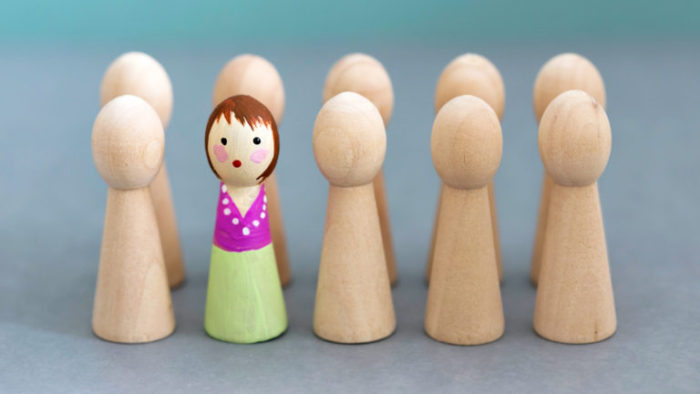For nearly 30 years, women’s share of the global labor force has been stuck stubbornly around the 39% mark
Progress toward gender equality in work for women is glacial.
For Harvard Business Review by:
photo by: HELENA SCHAEDER SÖDERBERG/GETTY IMAGES
Now a new game-changer has arrived in the form of automation and artificial intelligence (AI) technologies. Could these technologies be part of the breakthrough working women need, vaulting them into new opportunities in work for women and narrowing the gender gap in work? Or will these technologies leave women even further behind?
Our recent research at the McKinsey Global Institute finds that automation is likely to displace men and women more or less equally over the next decade. But, as a result of that displacement, women will need to make far more significant transitions compared to men and may find it more difficult to capture new opportunities because of the persistent barriers they face.
We studied ten countries, six mature economies and four emerging economies. We found that if automation proceeds on a similar scale to major technological disruptions of the past—such as the shift from agricultural production into industry—20% of women employed today could see their job displaced by automation by 2030, compared with 21% of men.
Even as jobs are lost in some occupations and sectors, there will be new jobs created in others, reflecting rising demand and incomes, and higher productivity associated with the use of automation and AI. We estimate that 20% more women could be employed by 2030 than are today—versus 19% more men—so long as women are able to maintain their current representation within each sector and occupation. That last assumption may not hold up – in fact we hope that women can do better than maintain their current position.

